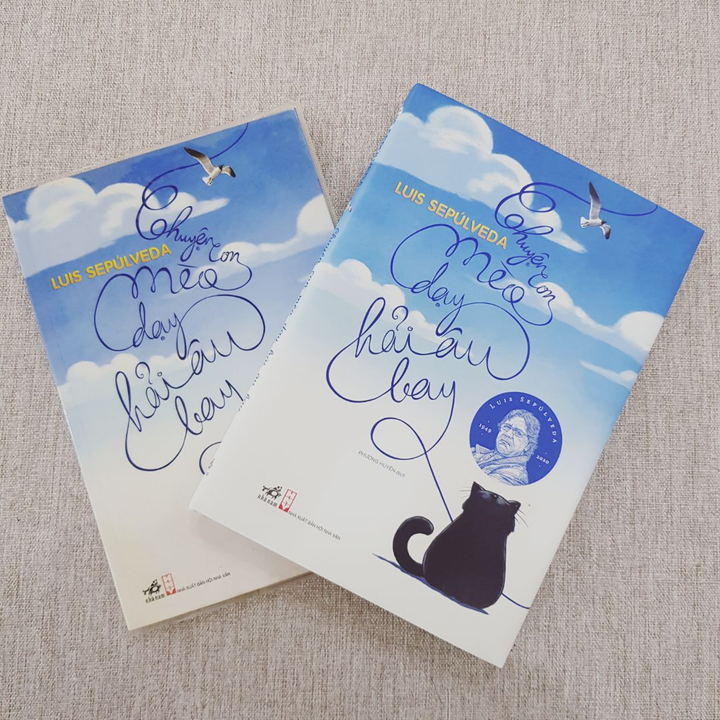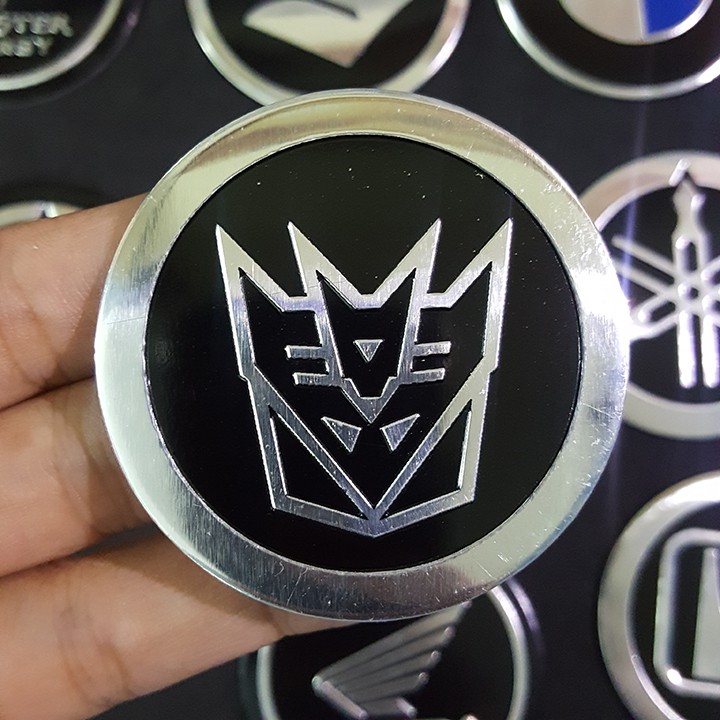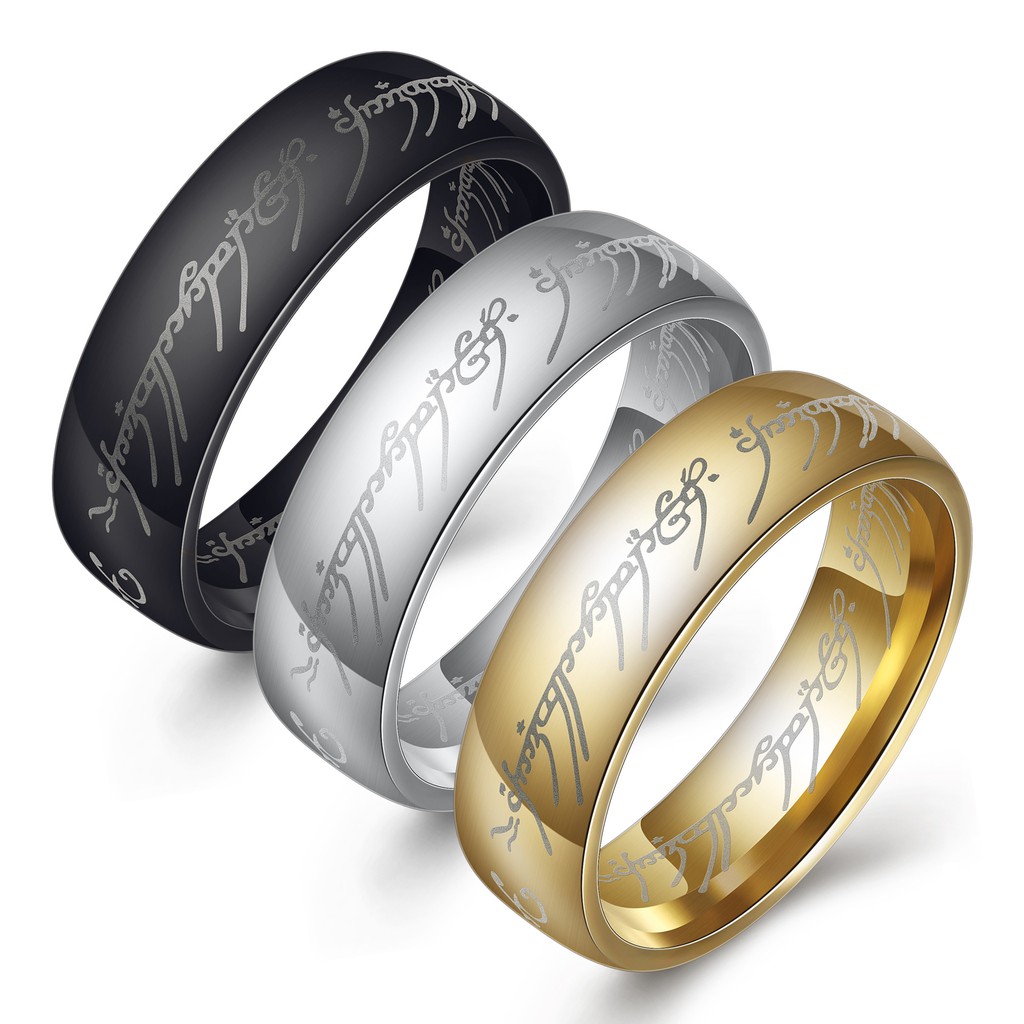Tắm nước đá

Tắm nước đá (Ice bath) hoặc đôi khi gọi là Ngâm nước lạnh (Cold-water immersion) hoặc Trị liệu bằng nước lạnh (Cold therapy) là một chế độ luyện tập thường diễn ra sau một thời gian tập luyện cường độ cao trong thể thao[1][2] theo phương pháp này thì người ta sẽ ngâm một phần đáng kể thân thể trong bồn tắm nước đá, hay nước băng giá (gọi là tắm băng) hoặc nước đá trong một khoảng thời gian giới hạn[3]. Mặc dù nó ngày càng trở nên phổ biến và được các vận động viên ở nhiều môn thể thao khác nhau chấp nhận[4][5][6][7][8] nhưng phương pháp này đang gây tranh cãi[9] bởi nó có nguy cơ gây ra hạ thân nhiệt[10], có khả năng bị sốc[11] dẫn đến đột tử[10][12][13]. Tắm nước đá tồn tại như một hoạt động bên ngoài thế giới thể thao và tập thể dục.
Đại cương
[sửa | sửa mã nguồn]Nhiều vận động viên đã ngâm mình trong nước lạnh sau khi tập luyện cường độ cao với niềm tin rằng nó giúp cơ thể mau phục hồi, tuy nhiên, các quá trình vật lý bên trong thân thể vẫn chưa được hiểu rõ và vẫn khó nắm bắt[14], bằng chứng ủng hộ việc ngâm mình trong nước lạnh như một phần của chế độ luyện tập thể thao vẫn chưa có kết luận thuyết phục[15] với một số nghiên cứu cho thấy một số lợi ích nhẹ như giảm tổn thương và khó chịu ở cơ[16] và giảm bớt chứng đau nhức cơ bắp khởi phát muộn[4][17][18] với các nghiên cứu khác cho thấy rằng ngâm mình trong nước lạnh có thể làm chậm sự phát triển của cơ bắp và cản trở chế độ tập luyện tổng quát[19][20][21]. Năm 2014 rộ lên phong trào thử thách Dội nước đá lên đầu (Ice Bucket Challenge).
Tắm đá có nguồn gốc trước đây được sử dụng để chống lại sự tiếp xúc với nhiệt độ cực cao ở một số nền văn hóa như người Maya ở Yucatan đã sử dụng phương pháp “tắm nước đá [và] tắm nước đá” như một “phương pháp điều trị say nắng”[3], sắc dân này phân loại các đối tượng và quá trình trong cuộc sống của họ có liên quan đến sức khỏe là “nóng” và “lạnh” và luôn cố gắng cân bằng cả hai. Trong bối cảnh này, sự cần thiết và số liệu thống kê về việc tắm nước đá không còn phù hợp nữa, vì việc thực hành này đúng hơn là một “sự thích nghi hành vi” đối với những người bản địa này[22]. Mặc dù những lợi ích về mặt thể chất của việc tắm nước đá được coi là không đáng để mạo hiểm nhưng vẫn có nhiều người tin rằng việc tập luyện này cực kỳ có lợi cho sức khỏe tinh thần của một người[23][24], tắm nước đá thực sự không cần thiết nhưng có thể có tác động cực kỳ tích cực đối với một số người và không được bỏ qua như một cơ chế cải thiện sức khỏe tâm thần của một người[25][26].
Chú thích
[sửa | sửa mã nguồn]- ^ “Photo Replay”. The New York Times. 28 tháng 7 năm 2011. Truy cập ngày 13 tháng 8 năm 2011.
Daniel Ianus of Romania's national rugby team took an ice bath after a training session ...
- ^ Yael Averbuch (28 tháng 4 năm 2011). “No Tweeting From the Ice Bath”. The New York Times: Soccer. Truy cập ngày 13 tháng 8 năm 2011.
I tell my body to do a lot of things: Run one more sprint. Strike 50 balls. Push through just 15 more minutes. Warm up. Cool down. Sit in an excruciating ice bath.
- ^ a b Note: This article only refers to the use of ice baths in sports therapy and not to their use in cold exposure programs like the Wim Hof Method where ice baths are of different temperatures and are used differently.
- ^ a b Christine Kearney, 20 February 2012, Medical News Today, Muscle Soreness – Is Cold Water Immersion Effective For Treatment?, Retrieved October 5, 2016, "...a cold bath may be an effective way to prevent and help sore muscles. ...difficult for researchers to determine exactly how much cold water immersion helps sore muscles, ...The researchers say it is necessary for more studies to be done in order to be sure of the effectiveness of cold water baths in treating muscle soreness. ..."
- ^ AJ Soares (18 tháng 2 năm 2011). “This California boy welcomes opportunity to play in New England”. The Boston Globe. Truy cập ngày 14 tháng 8 năm 2011.
Hello New England! I am AJ Soares, a new player, or employee as I tell people, at the New England Revolution. ... It's time for me to dip out, ice bath, and get ready to get to work again tomorrow with the team.
- ^ Tilman von der Linde (25 tháng 2 năm 2009). “Speeding Up Muscle Recovery – Ice Bath Benefits”. The Vancouver Sun. Bản gốc lưu trữ ngày 6 tháng 5 năm 2010. Truy cập ngày 14 tháng 8 năm 2011.
Many athletes ... have also discovered the benefits of the icy plunge. Pro Beach Volleyball Players and Marathon Runners have been asked to go stand in the ocean for a few minutes. ...
- ^ Lenny Bernstein (9 tháng 11 năm 2010). “Recovering from high-intensity athletics”. Washington Post. Truy cập ngày 13 tháng 8 năm 2011.
...you want to keep those tired muscles limber.
- ^ George Guerin (27 tháng 1 năm 2011). “Shoveling snow again? Try some of these tips to ease those aches and pains”. Newark Star-Ledger. Bản gốc lưu trữ ngày 30 tháng 1 năm 2011. Truy cập ngày 13 tháng 8 năm 2011.
If you have been shoveling ... Ice Bath: An ice bath ... can help reduce muscle soreness. This is extremely popular in athletic locker rooms, sometimes even mandatory after rigorous exercise.
- ^ Julie Deardorff (12 tháng 10 năm 2009). “Rules for runners: Skip the ice bath”. Chicago Tribune. Bản gốc lưu trữ ngày 30 tháng 9 năm 2018. Truy cập ngày 13 tháng 8 năm 2011.
... many of my RW colleagues swear by ice baths after a long run or race. Not me. I still maintain that ice baths are an elaborate practical joke being played on runners ...
- ^ a b Tipton MJ (1989). “The initial responses to cold-water immersion in man”. Clinical Science. 77 (6): 581–8. doi:10.1042/cs0770581. PMID 2691172.
- ^ Datta A, Tipton M (2006). “Respiratory responses to cold water immersion: neural pathways, interactions, and clinical consequences awake and asleep”. Journal of Applied Physiology. 100 (6): 2057–64. doi:10.1152/japplphysiol.01201.2005. PMID 16714416.
- ^ Shattock MJ, Tipton MJ (2012). “'Autonomic conflict': a different way to die during cold water immersion?”. The Journal of Physiology. 590 (14): 3219–30. doi:10.1113/jphysiol.2012.229864. PMC 3459038. PMID 22547634.
- ^ Heller K, Salata S (1988). “Cardiopulmonary arrest after cold water immersion and hypothermia”. Journal of Emergency Nursing. 14 (1): 5–8. PMID 3279252.
- ^ White GE, Wells GD (2013). “Cold-water immersion and other forms of cryotherapy: physiological changes potentially affecting recovery from high-intensity exercise”. Extreme Physiology & Medicine. 2 (1): 26. doi:10.1186/2046-7648-2-26. PMC 3766664. PMID 24004719.
- ^ Rowsell GJ, Reaburn P, Toone R, Smith M, Coutts AJ (2014). “Effect of run training and cold-water immersion on subsequent cycle training quality in high-performance triathletes”. Journal of Strength and Conditioning Research. 28 (6): 1664–72. doi:10.1519/JSC.0000000000000455. hdl:10453/41986. PMID 24626137. S2CID 12032750.
- ^ Ascensão A, Leite M, Rebelo AN, Magalhäes S, Magalhäes J (2011). “Effects of cold water immersion on the recovery of physical performance and muscle damage following a one-off soccer match”. Journal of Sports Sciences. 29 (3): 217–25. doi:10.1080/02640414.2010.526132. PMID 21170794. S2CID 20424150.
- ^ Bleakley C, McDonough S, Gardner E, Baxter GD, Hopkins JT, Davison GW (2012). “Cold-water immersion (cryotherapy) for preventing and treating muscle soreness after exercise”. Cochrane Database Syst Rev (Systematic review). 2012 (2): CD008262. doi:10.1002/14651858.CD008262.pub2. PMC 6492480. PMID 22336838.
- ^ Machado AF, Ferreira PH, Micheletti JK, de Almeida AC, Lemes ÍR, Vanderlei FM, Netto Junior J, Pastre CM (2016). “Can Water Temperature and Immersion Time Influence the Effect of Cold Water Immersion on Muscle Soreness? A Systematic Review and Meta-Analysis”. Sports Medicine. 46 (4): 503–14. doi:10.1007/s40279-015-0431-7. PMC 4802003. PMID 26581833.
- ^ Roberts LA, Raastad T, Markworth JF, Figueiredo VC, Egner IM, Shield A, Cameron-Smith D, Coombes JS, Peake JM (2015). “Post-exercise cold water immersion attenuates acute anabolic signalling and long-term adaptations in muscle to strength training”. The Journal of Physiology. 593 (18): 4285–301. doi:10.1113/JP270570. PMC 4594298. PMID 26174323.
- ^ Yamane M, Ohnishi N, Matsumoto T (tháng 7 năm 2015). “Does Regular Post-exercise Cold Application Attenuate Trained Muscle Adaptation?”. Int J Sports Med. 36 (8): 647–53. doi:10.1055/s-0034-1398652. PMID 25760154.
- ^ Fyfe JJ, Broatch JR, Trewin AJ, Hanson ED, Argus CK, Garnham AP, Halson SL, Polman RC, Bishop DJ, Petersen AC (1 tháng 11 năm 2019). “Cold water immersion attenuates anabolic signaling and skeletal muscle fiber hypertrophy, but not strength gain, following whole-body resistance training”. J Appl Physiol. 127 (5): 1403–1418. doi:10.1152/japplphysiol.00127.2019. hdl:10536/DRO/DU:30129996. PMID 31513450. Truy cập ngày 2 tháng 4 năm 2023.
- ^ Higgins TR, Greene DA, Baker MK (tháng 5 năm 2017). “Effects of Cold Water Immersion and Contrast Water Therapy for Recovery From Team Sport: A Systematic Review and Meta-analysis”. J Strength Cond Res. 31 (5): 1443–1460. doi:10.1519/JSC.0000000000001559. PMID 27398915. S2CID 36435842.
- ^ Hoggan, Katie (26 tháng 3 năm 2023). “'I was miserable, hopeless, but swimming in cold water saved me'”. WalesOnline (bằng tiếng Anh). Truy cập ngày 26 tháng 8 năm 2023.
- ^ “Science Of Ice Bath Recovery For Fighters: In-Depth Guide - Sweet Science of Fighting” (bằng tiếng Anh). Truy cập ngày 9 tháng 10 năm 2021.
- ^ Fiann Paul | Ocean Rowing | Trans World Sport (bằng tiếng Anh), truy cập ngày 21 tháng 10 năm 2019
- ^ Young, Trystan (4 tháng 1 năm 2011). “Chilly Chinese compete for world ice bathing record”. BBC News (Adobe Flash video). Truy cập ngày 18 tháng 3 năm 2020.
Xem thêm
[sửa | sửa mã nguồn]- Công viên nước (Water park)
- Máng trượt nước (Water slide)
- Thuyền tham quan (Boatsnap)
- Biển nhân tạo (Beach club)
- Nhà tắm công cộng (Public bathing)
- Bể bơi công cộng (Public swimming pool)
- Dội nước đá lên đầu
 GIẢM
24%
GIẢM
24%
 GIẢM
2%
GIẢM
2%
 GIẢM
33%
GIẢM
33%
 GIẢM
40%
GIẢM
40%

![[Tóm tắt sách] Vượt bẫy cảm xúc | Cẩm năng cân bằng hệ thống cảm xúc phức tạp trong mỗi người](https://down-bs-vn.img.susercontent.com/04f93085d98f4ae9b7a1a6eccef66513.webp)


